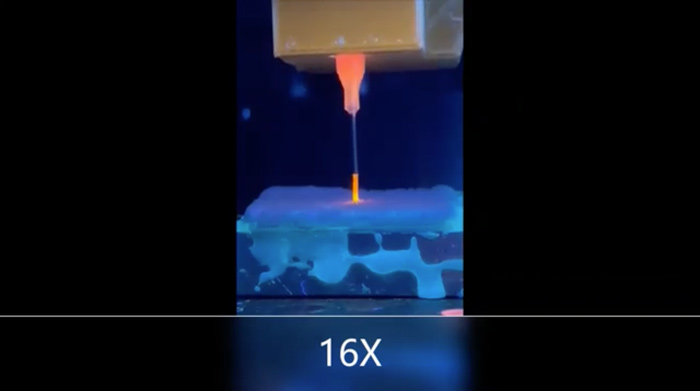
Cryobioprinting
Taking 3D printing into the freezer could allow for direct fabrication of human tissue replacement.
Cryobioprinting , developed by scientists at Brigham and Women’s Hospital and Harvard Medical School, offers significant advantages over conventional bioprinting methods, primarily by extending the shelf life of bioprinted tissue and facilitating the transport of tissue between different locations. This is possible because cryobioprinting involves the use of cryogenic techniques to preserve the printed biological structures at very low temperatures. These low temperatures halt biological processes and significantly reduce degradation, thereby maintaining tissue viability for extended periods.
READ MORE





